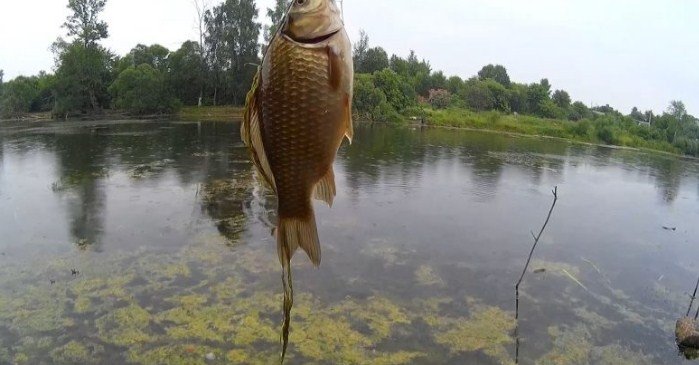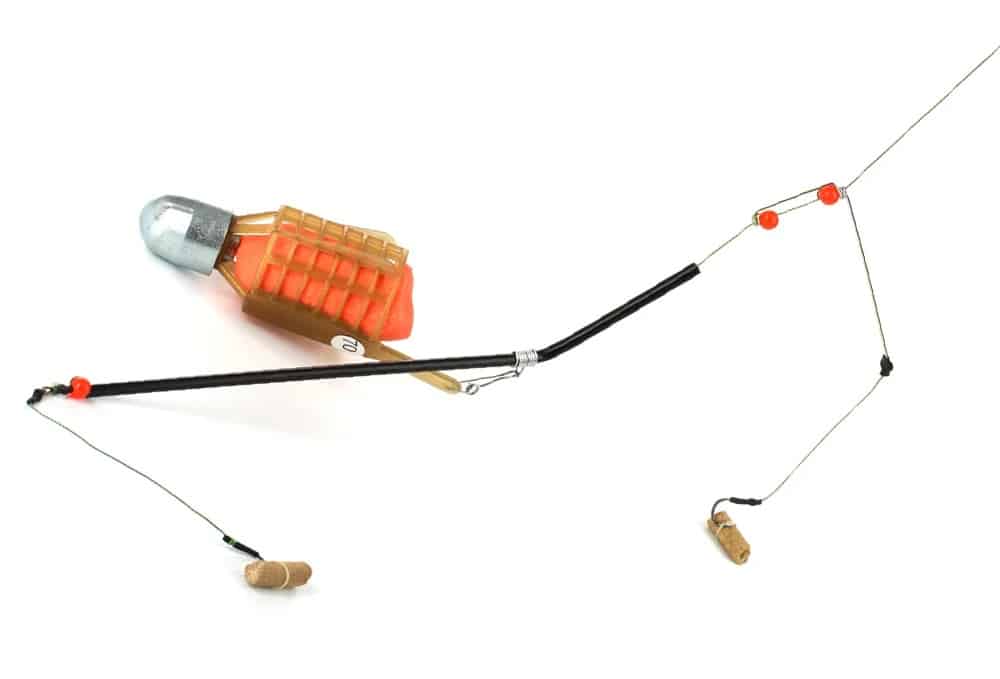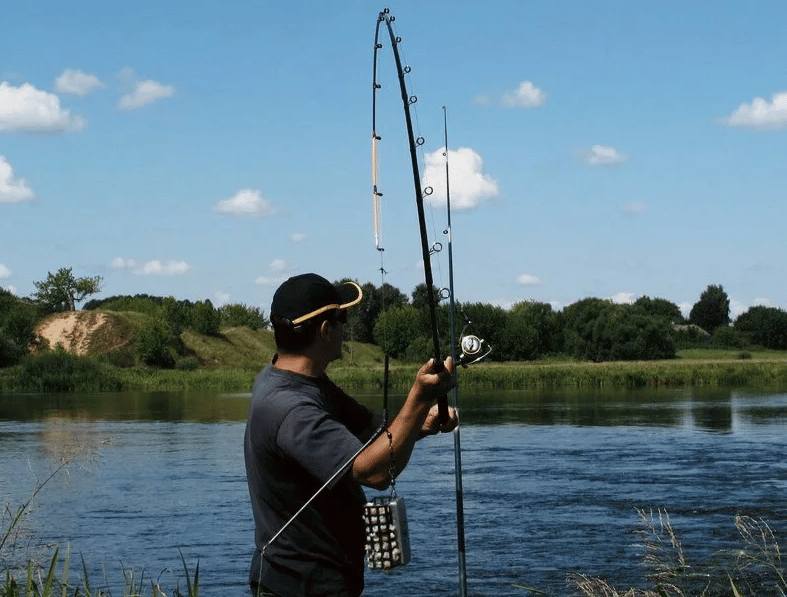Quivertip is a rather complex feeder rod tip design
, consisting of many elements. In practice, if the tip of the feeder is not selected correctly, this significantly reduces the efficiency of using the feeder tackle, due to a significant loss of sensitivity. As a result, fishing will not become a pleasure, but a pointless and often painful activity. Therefore, it is necessary to study the purpose, types, characteristics of quivertips, the principles of their competent selection and use ..
Quivertip – what is it, why is it needed and the principle of operation
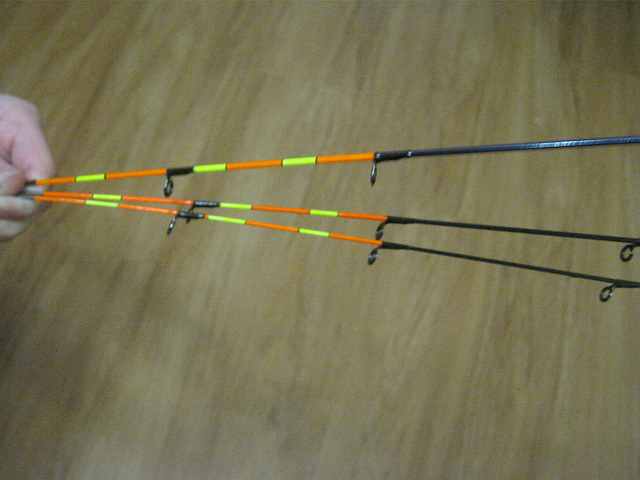
feeder , the rod reacts and nods along with the quivertip. The angler sees such a signal and reacts by performing a sweep.
How quivertips are marked, what are they made of, materials used
Each feeder tip has its own stiffness. It can be easily identified by the color marking of the end of the upper removable elements of the feeder. Green indicates a flexible tip, yellow indicates medium hardness, and red indicates the hardest. It is also easy to feel the flexibility of the tips of the tips by touch. Modern quivertips are made from the following materials:
- fiberglass;
- carbon fiber;
- combined materials.
https://youtu.be/8SJiqW8to70
Fiberglass
The most popular among anglers are fiberglass quivertips. They have a low cost, are quite sensitive even during the most careful bites. Fiberglass also has several disadvantages. Such tops are too soft. If there is a strong current in the body of water, a very flexible tip will not work and will not do any good in terms of sensitivity.
A fiberglass quivertip, when mechanically damaged or under the influence of the sun and moisture, can delaminate and lose its flexibility.
CFRP quivertips
The properties of CFRP have almost no drawbacks. This material has a very important property, it remains resistant to moisture and wind. The carbon fiber tip changes position when the line is pulled. Therefore, it allows you to work with tackle in any situation, regardless of difficult meteorological conditions.
Combined tops
These quivertips are made from fiberglass rods partially covered with carbon fiber reinforced plastic. These tips clearly define the bite and are not exposed to external influences of wind and moisture. The combined tips have a long service life. But finding them on the market is hard enough.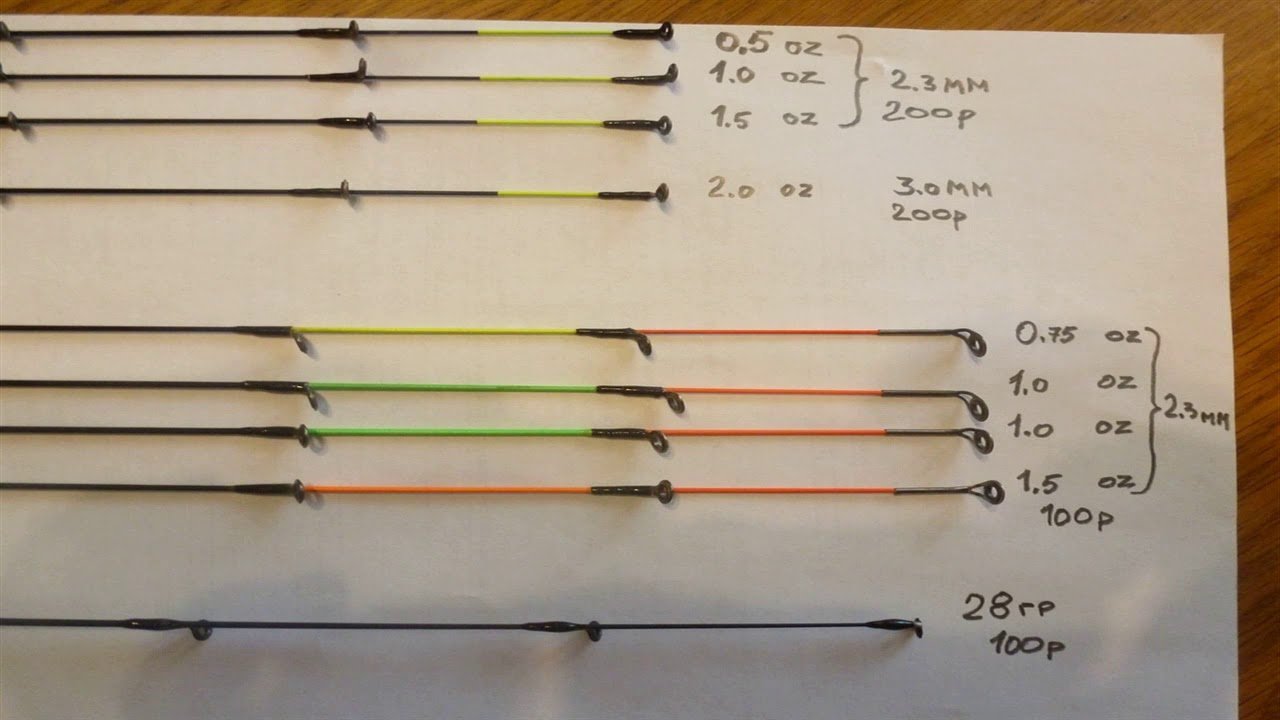
Features of choice
The softest quivertips are made of fiberglass. Under pressure, the tip of this material begins to bend over its entire length. During biting, the plastic device has little resistance, so this type of rod tip is recommended to be used on water bodies without flow when fishing for small fish. Vertices are also of two types. They can be hollow and full-bodied. The first ones are hollow inside, like blank rods. The second type is also called solid, that is, solid and dense. They used to be the most common and were almost always used for feeder fishing. But recently, hollow quivertips have become more popular. This is due to their sensitivity and lightness. These tops have only one drawback – their cost. The very low weight helps to reduce the parasitic vibrations of the rod.In connection with this fact, the angler can cast the rod the most far and accurately.
Many fishermen prefer solid quivertips. It is important not to exceed the test indicated on the tip, otherwise there is a chance of breaking the tip.
In bodies of water where there is stagnant water, you can catch small fish using a quivertip with a test of at least 0.5 and no more than 1 ounce. They are marked in green. If there is a weak or slow current in the reservoir, where small and medium fish are caught – small
carp ,
tench ,
bream , a quivertip is suitable, for which the test is at least 1.5 and no more than 2 ounces. It is marked in yellow-orange color. When the river is in a middle course and is usually caught carp,
carp, large bream, chub, anglers use quivertips, hardness no more than 3 ounces. These are white tops. For long distance fishing using a heavy
feeder, in fast streams, where it is possible to catch large carp or carp, barbel, large chub, red tops are suitable, with a dough of 4 or more ounces.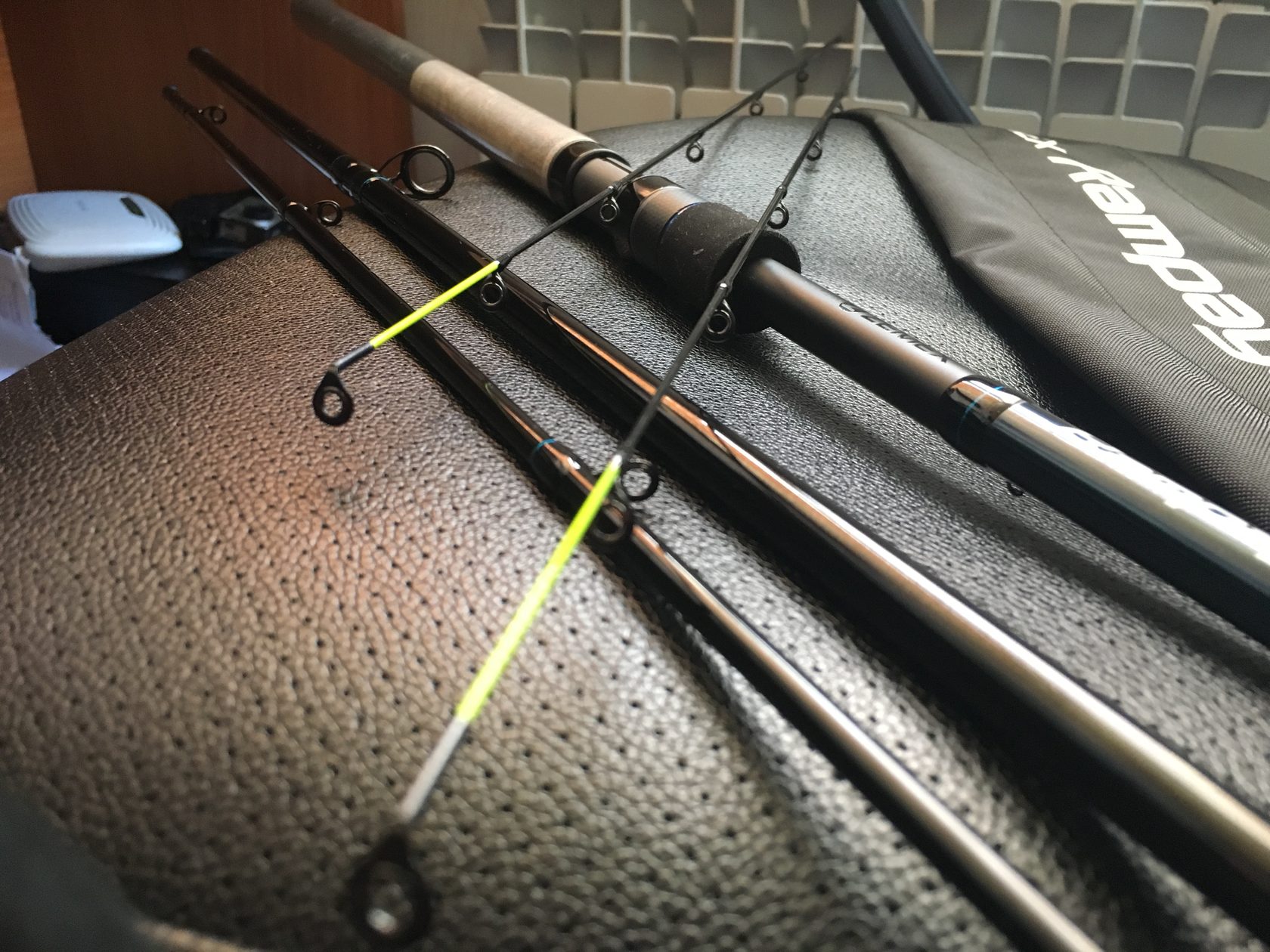
What quivertypes to choose for a specific test form
There are several methods for finding a quivertip. The most practical and simplest is to apply a tangential load. The advantage of this method lies in the possibility of measuring the test of a carbon or fiberglass whip, excluding the installed rings. The vertex is set tightly and vertically, the load must be perpendicular to the tangent. Its upper part is bent at right angles to the vertical. As a result, the load will be determined, which is considered one of the most important parameters characterizing quivertips. In position a – the quivertip does not work, in position b – no load, position c – under load.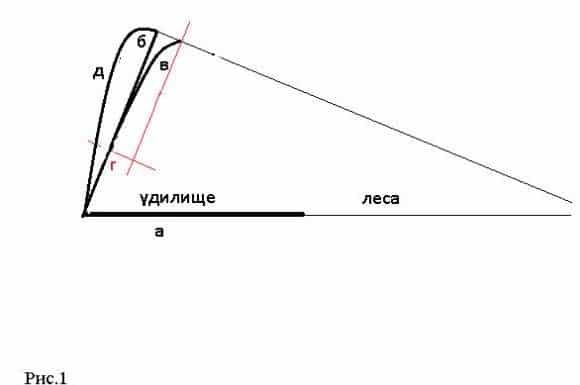
To determine the quivertype test, in accordance with the manufacturer’s classification, the formula will help: Y = f (X). Where y is the test in oz, x is the load in grams, f (x) is the function. This is not a linear relationship. Another formula that allows you to get an approximately accurate result:
y = X / 28.4 / k, where 28.4 ounce in grams, k is the vertex conversion factor. Quivertip is an indispensable element of feeder tackle, without which fishing will be ineffective.


